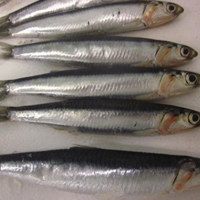Extraction and identification of microplastics from mussels: Method development and preliminary results

Accepted: 1 February 2021
HTML: 6
All claims expressed in this article are solely those of the authors and do not necessarily represent those of their affiliated organizations, or those of the publisher, the editors and the reviewers. Any product that may be evaluated in this article or claim that may be made by its manufacturer is not guaranteed or endorsed by the publisher.
Authors
Microplastics (MPs) are an emerging threat to marine ecosystems. One of the primary environmental risks is their bioavailability for aquatic organisms. Some fish and bivalves are of particular interest because their feeding strategies expose them to particles present in the water column. The aim of the study was to assess an extraction method in order to isolate and quantify MPs from fish gastrointestinal tract (n.8) and muscle (n.4), and bivalves (n.8) samples. The accuracy of the method was assessed through the calculation of the recovery percentage in samples spiked with a known number of MPs using microscopic observation. Successively, the extraction was preliminarily applied on n.20 mussels collected from mariculture plants of the Tyrrhenian and the Adriatic Sea. The results of the digestion protocol showed an average extraction yield of 80% in fish gastrointestinal tracts, 90% in fish muscle samples, and 95% in mussels. Preliminary analysis carried out on farmed mussels showed an average abundance of 3.8 items/individual, and 0.5 items/g of tissue, among those black, was the most represented color.
How to Cite
PAGEPress has chosen to apply the Creative Commons Attribution NonCommercial 4.0 International License (CC BY-NC 4.0) to all manuscripts to be published.

 https://doi.org/10.4081/ijfs.2021.9264
https://doi.org/10.4081/ijfs.2021.9264



